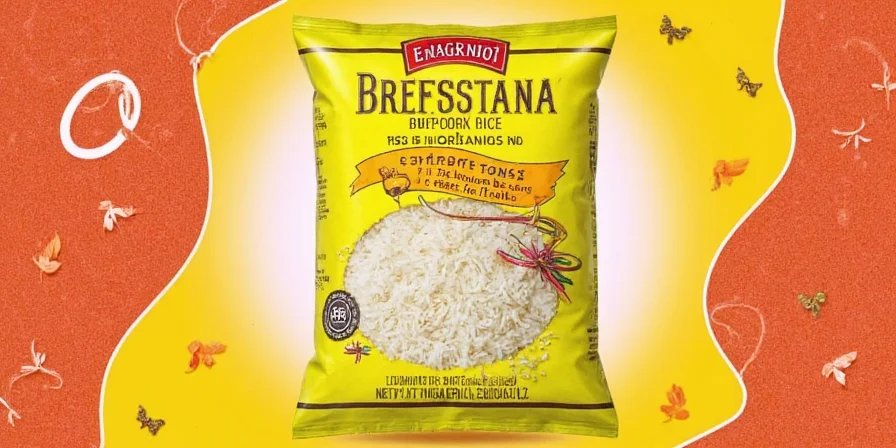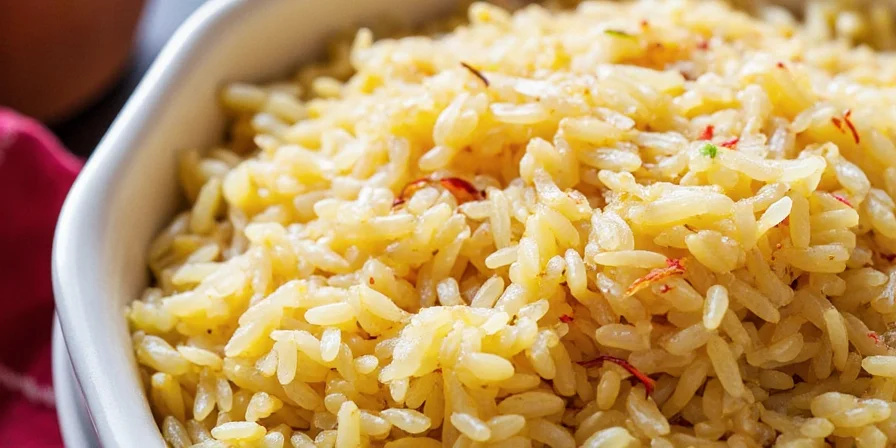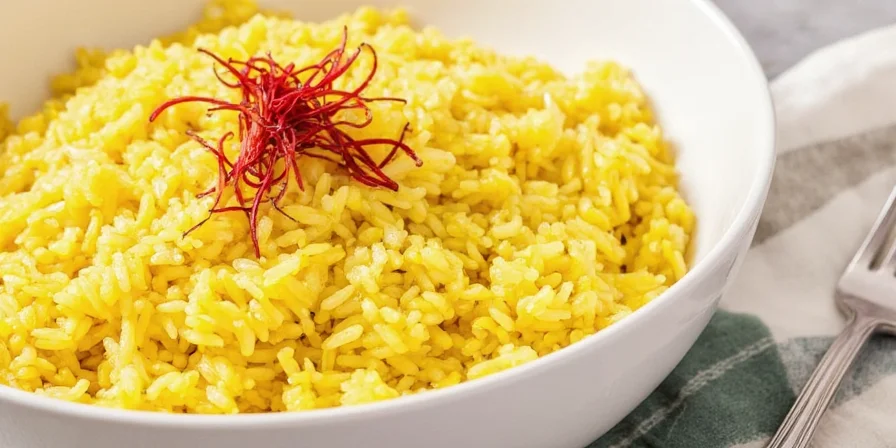Basmati Rice with Saffron: A Love Story in Every Grain
The Ultimate Spice-Infused Rice Experience
When it comes to combining aroma, elegance, and flavor, few dishes can compete with a perfectly cooked plate of basmati rice with saffron. It’s not just food — it’s poetry on a plate. Originating from the rich culinary traditions of South Asia and embraced by kitchens across the globe, this iconic pairing of long-grain basmati rice and the world's most expensive spice is nothing short of magical.

Whether you're cooking for a festive occasion or just looking to elevate your weeknight dinner game, this article will guide you through everything you need to know about making the perfect batch of saffron-infused basmati rice — plus some bonus tips to make you look like a seasoned pro.
Table of Contents
- The Golden History of Saffron & Basmati
- Why Basmati Wins Every Time
- The Saffron Secret: Worth the Hype?
- 7 Essential Tips for Perfect Basmati with Saffron
- 5 Mistakes That Ruin Your Saffron Rice Dreams
- Global Twists: How Different Cultures Jazz Up This Classic
- Summary: Spice It Up, Rice It Right
The Golden History of Saffron & Basmati
Saffron and basmati rice have been dancing together in royal kitchens for centuries. Saffron, derived from the delicate stigmas of the Crocus sativus flower, has been prized since ancient times — used not only as a spice but also as medicine, dye, and even currency.

In India, especially in regions like Punjab and Kashmir, saffron found its perfect partner in basmati rice. Known locally as “dum pulao” or “kheer”, saffron rice was often reserved for weddings, religious offerings, and royal banquets. The combination symbolized luxury, celebration, and hospitality.
Why Basmati Wins Every Time
You might be wondering — why basmati? Why not just any rice? Well, here’s the breakdown:
| Rice Type | Aroma | Texture | Starch Content | Best Use |
|---|---|---|---|---|
| Basmati | Strong nutty aroma | Firm, separate grains | Low | Saffron rice, biryani, pilaf |
| Jasmine | Mild floral scent | Soft and slightly sticky | Medium | Thai curries, stir-fries |
| Arborio | Bland | Creamy | High | Risotto |
Basmati rice isn't just aromatic — it elongates when cooked, giving that luxurious texture that pairs perfectly with saffron’s delicate perfume. No other rice does it quite like basmati.
The Saffron Secret: Worth the Hype?
Saffron may be the most expensive spice by weight, but there’s a reason behind the price tag. Each stigma must be hand-picked, dried, and sorted. One ounce of saffron requires approximately 1,400 stigmas — harvested from around 500 flowers!

But what makes it so special for rice?
- Color: Adds a gorgeous golden hue without overpowering the dish.
- Aroma: Floral, honey-like scent that enhances the entire meal.
- Taste: Subtle earthiness with a hint of sweetness.
Using saffron correctly is key to unlocking its full potential — and trust us, it’s worth every penny when done right.
7 Essential Tips for Perfect Basmati with Saffron
Want to nail the perfect pot of saffron basmati rice every time? Here are seven foolproof tips that will turn your kitchen into a five-star restaurant:
- Rinse Thoroughly: Wash the rice at least 3–4 times until the water runs clear. Removes excess starch and prevents gummy rice.
- Soak Before Cooking: Let it soak for 20–30 minutes. This helps grains cook evenly and achieve maximum fluffiness.
- Use the Right Water Ratio: For every 1 cup of rice, use 1.5 cups of water. Too much water = mushy rice. Too little = crunchy grains.
- Bloom the Saffron: Soak saffron strands in warm milk or water for 10–15 minutes before adding. Releasing its flavor and color is key!
- Add Saffron at the End: Stir it in after the rice is almost cooked to preserve its delicate aroma.
- Steam It Like a Pro: Cover the pot with a tight-fitting lid and let steam do its magic for 10–15 minutes after cooking. Don’t peek — trust the process!
- Garnish Smart: Toasted almonds, raisins, or even orange zest add crunch and contrast. Bonus points if you drizzle a bit of rose water!

5 Mistakes That Ruin Your Saffron Rice Dreams
We’ve all been there — excited to make a glamorous saffron rice dish only to end up with something bland or soggy. Here are the top 5 mistakes to avoid:
- Skipping the Rinse: Starchy rice sticks together like a bad date.
- Overloading with Saffron: Less is more. Too much turns your dish bitter.
- Adding Saffron Too Early: High heat kills its delicate flavor and color.
- Not Using the Right Pan: A heavy-bottomed pot distributes heat better and prevents burning.
- Messing With the Lid: Lifting the lid releases steam and messes with texture.
Global Twists: How Different Cultures Jazz Up This Classic
While basmati rice with saffron originated in South Asia, different cultures have made it their own in unique ways:
| Region | Variation | Special Ingredient |
|---|---|---|
| Persia | Zereshk Polo | Berberis (barberries), saffron, chicken |
| Spain | Paella de Marisco | Seafood, paprika, saffron |
| Italy | Risotto alla Milanese | Cheese, marrow, saffron |
| North Africa | Couscous with Saffron | Lamb, spices, dried fruits |
| Mexico | Arroz Amarillo | Tomato, annatto, cumin |

Each culture brings its own twist while respecting the soul of the original dish — proving that good food knows no borders.
Summary: Spice It Up, Rice It Right
From the fields of Kashmir to the kitchens of Marrakech and Madrid, basmati rice with saffron remains a timeless classic. Whether you’re cooking for a crowd or just treating yourself, getting the details right — from rinsing the rice to blooming the saffron — makes all the difference.
Remember:
- Rinse, soak, and respect the rice.
- Bloom saffron gently; don’t rush it.
- Experiment with global flavors and garnishes.

Now go forth and impress your guests — or just yourself — with a dish that looks and tastes like it came straight from a palace kitchen.











 浙公网安备
33010002000092号
浙公网安备
33010002000092号 浙B2-20120091-4
浙B2-20120091-4